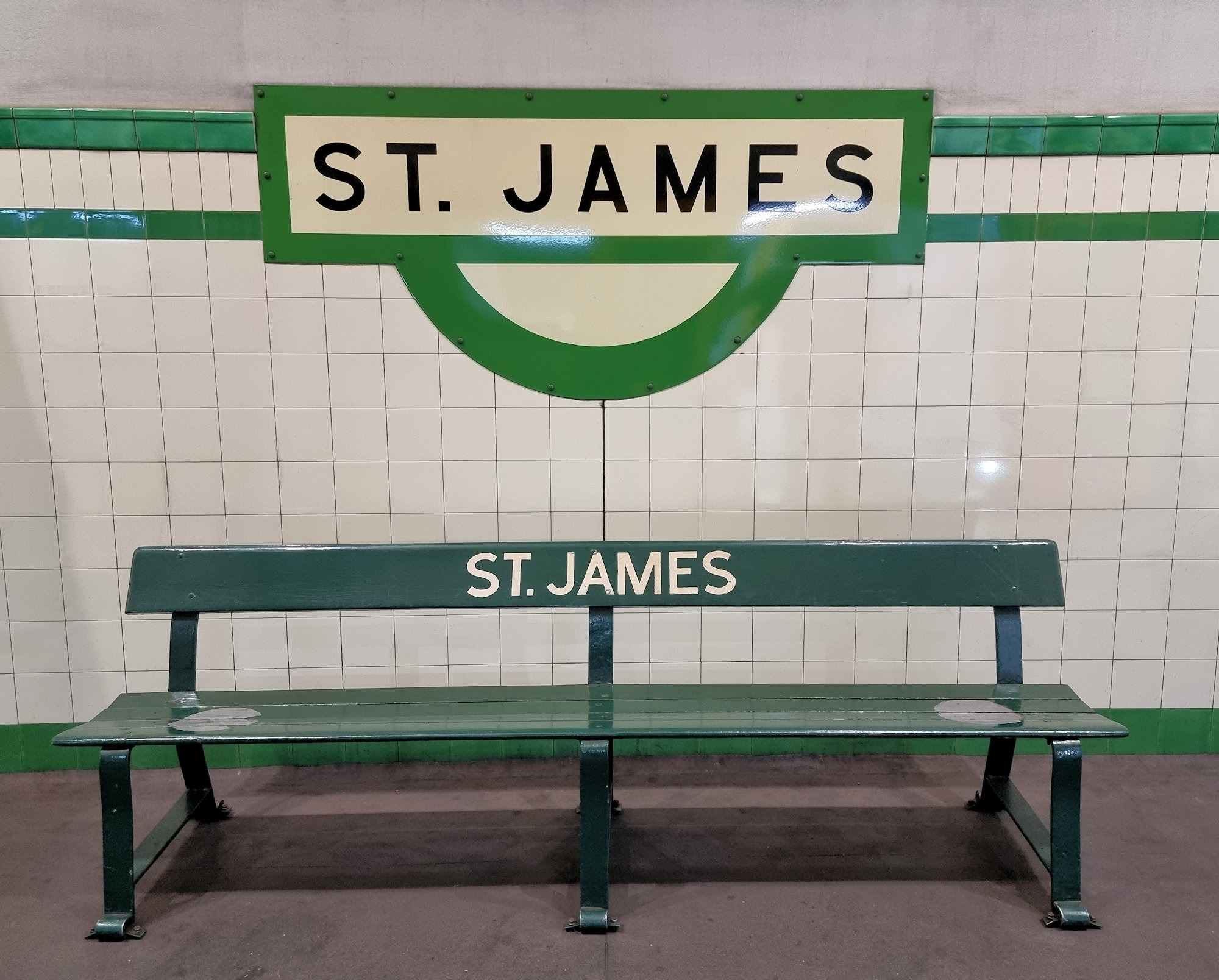Tag: St. James Station
-
St James Railway Station Sydney

St James Railway Station Sydney History Opened in 1926, St James Railway Station was part of the Bradfield Plan. Designed by chief engineer John Bradfield, the plan incorporated the Sydney Harbour Bridge an underground city railway network and Central Station. Bradfield also planned the electrification of the suburban Sydney rail network. Although only partially implemented,… Read more